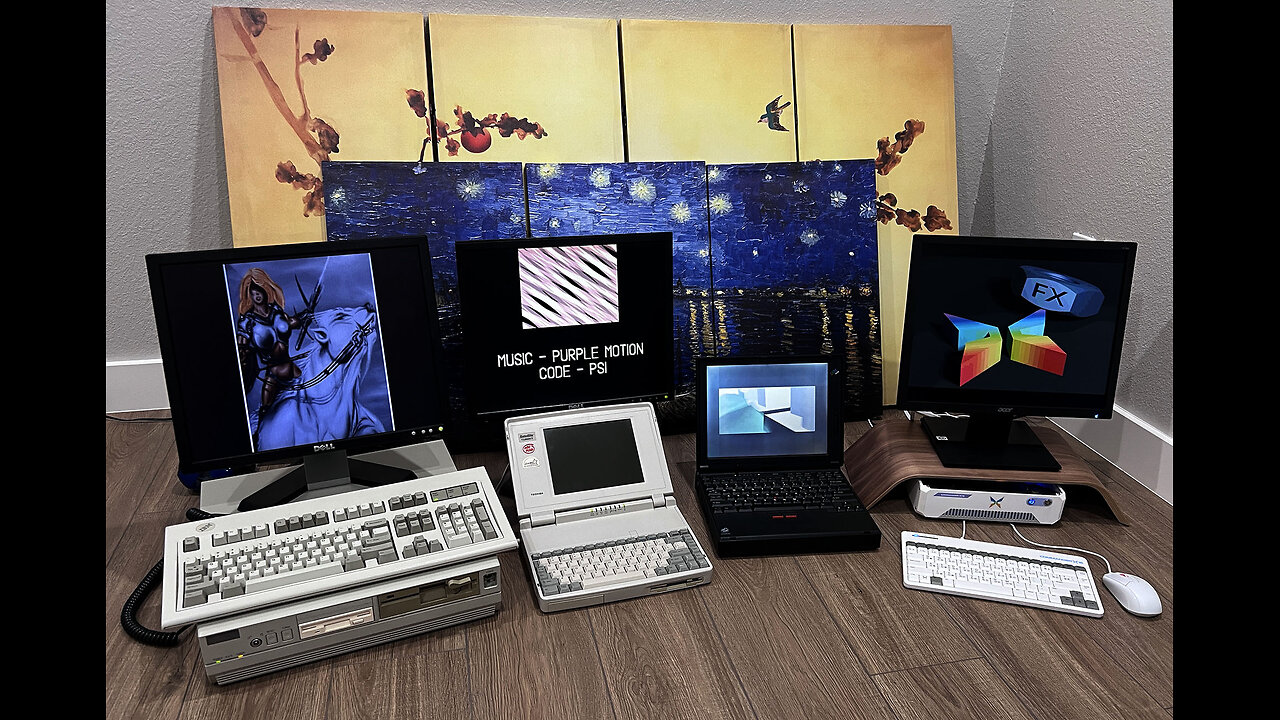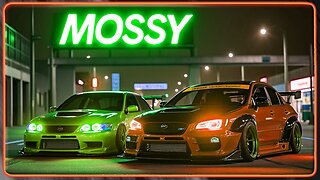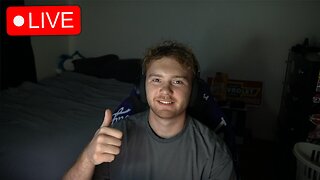Premium Only Content

A '386, '486 and a Pentium go to a bar together and encounter a Commander X16 (Second Reality)
In this video, I depict a story of three old 1990s x86-based systems casually relaxing with their typical comfort-apps (like three old gentlemen at a bar). From left to right, these systems are a 1992 desktop Intel 80386/20MHz with MS-DOS 5.0 (2MB RAM), a 1994 Toshiba T1960CT laptop with an Intel 80486/50MHz operating WFW3.11/MS-DOS 6.22 (12MB RAM), and a 1997 IBM ThinkPad 385CD with a base 150MHz Intel Pentium running OS/2 (48MB RAM). Like old people tend to do, the '386 uncontrollably emits an odd noise.
A young 8-bit X16 enters the stage immediately playing audio, which the old systems assume is some cocky adolescence about to show off some animated PETSCII. But the '386, being the only system who was actually there when the Second Reality demo was first presented in 1993, recognizes what the X16 is about to play (based on his recollection of the 1997 C64 remix demo). He rally's his pals to fire up the old software, to show this punk X16 how the original demo is supposed to be - but the results end up surprising to everyone!
Excellent demoscene software is a sacred art that is about making a system do something no one thought possible, then presenting that in some fantastic way. They represent intense concentration of effort to implement, to a level very few people can achieve since they often rely on undocumented features (or precise timing side effects). Please experience this video using a good set of speakers and a relaxed state of mind. Also be sure to enable CC (caption), the English CC describe a bit of dialog going on between the systems during the show.
The first portion of the demo is multiple angles on the same play-thru. During startup of the Second Reality SECOND.EXE software, the '386 is configured with SBPro/Poor during the play-thru. The '486 is configured with NoSound/Poor (since it has no enhanced sound hardware), the Pentium is set to SBPro/High (and using 2NDFIX.EXE). The audio during this portion is provided by the Pentium.
The second (dark-mode) portion of the demo is an uninterrupted play-thru. In this run, the '386, '486 and Pentium are all configured as NoSound/Poor. This is because the X16 is providing the audio for this portion. This is why the x86's during this run visually perform much better than the prior one. Surprisingly, each of the '386, '486, and X16 visual is fairly spot on in their timing. The Pentium struggles since OS/2 Presentation Manager and other things are also running.
NOTE: The SimCity audio near the start is coming from the Pentium OS/2 version.
NOTE: The '386 desktop was equipped with a Diamond Stealth 16-bit ISA w/ 2MB RAM. Unknown why it lost the bear-bounce while on SBPro Poor setting, but in the dark version the bear-balance was present when set to NoSound. The Toshiba and ThinkPad had their stock video card hardware (I don't recall the specific specs). The X16 is using the stock VERA module for video.
-
 2:34:32
2:34:32
Badlands Media
5 days agoCODEX 9/11
270K225 -
 1:53:43
1:53:43
Nerdrotic
7 hours ago $0.27 earnedMysteries of 3I/ATLAS | Forbidden Frontier #113
41.6K5 -
 2:04:21
2:04:21
vivafrei
1 day agoEp. 278: D.C. Peace Wave! Big Tish & Nipple Judge SPANKED! "Maryland Man" Trafficker FREE & MORE?
90.7K116 -

Damysus Gaming
3 hours agoBorderlands 3 - Part 8 - FL4K Time | Children of the Vault be Warned!
11.8K -
 1:30:28
1:30:28
Patriots With Grit
6 hours agoWhat You Should Know About Harmful Vaccine Ingredients And What To Say To Your Doctor, Pediatrician, Health Department or School When They Pressure You, Your Kids Or Your Family Members | Dr. Bryan Ardis, D.C.
11.7K5 -

This is the Ray Gaming
2 hours ago $0.01 earnedSunday Night Live with the Boys | Rumble Premium Creator
6.38K -
 2:02:16
2:02:16
ItsMossy
3 hours ago🍃NEW MIC WHO THIS🍃DRIVING SIM GO BRRR🍃420 SESH🍃
3.86K1 -

THOUGHTCAST With Jeff D.
3 hours agoSunday night Fortnite With ScottishVikingGaming & crew
2.74K1 -
 3:11:45
3:11:45
a12cat34dog
4 hours agoSOLID DAWG RETURNS :: METAL GEAR SOLID :: 1998 IS UNFORGIVING {18+}
6.94K1 -
 4:02:55
4:02:55
yellow_1ron
5 hours agoGAMING WITH THE HOMIES JOIN UP | JOIN!
7.97K